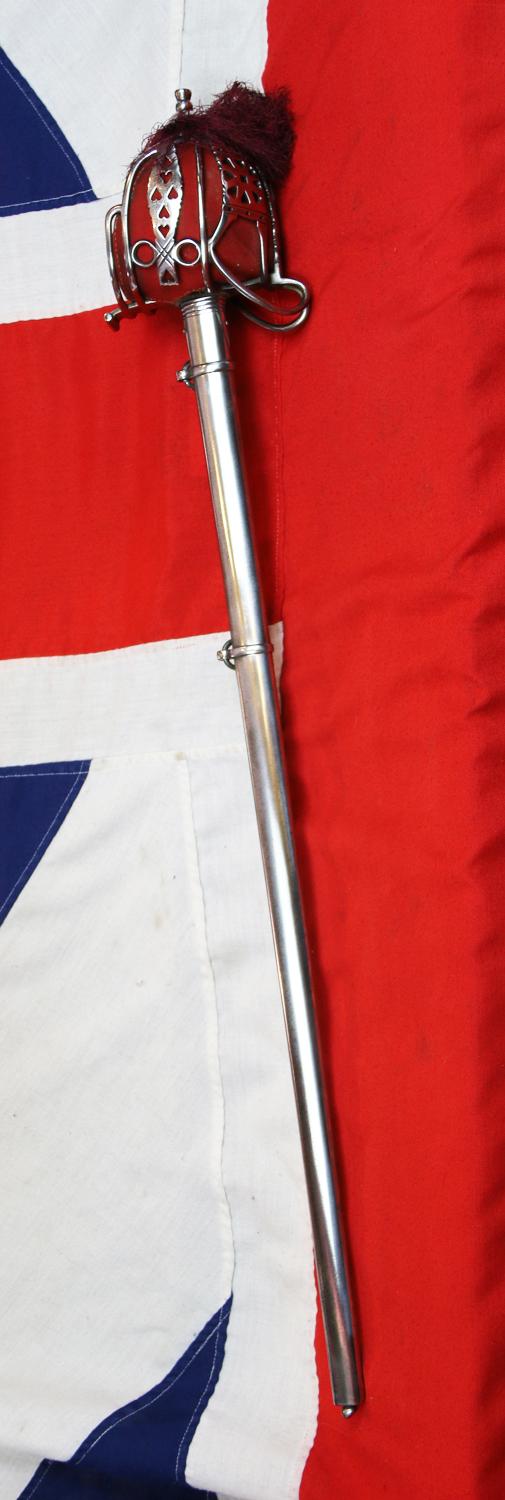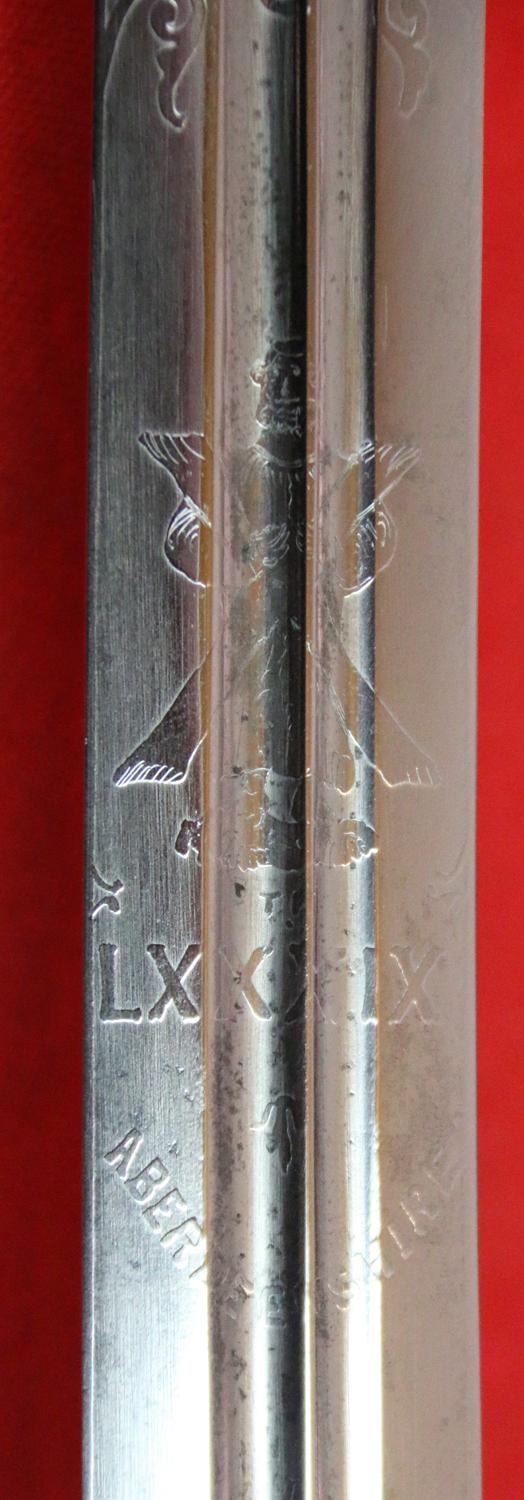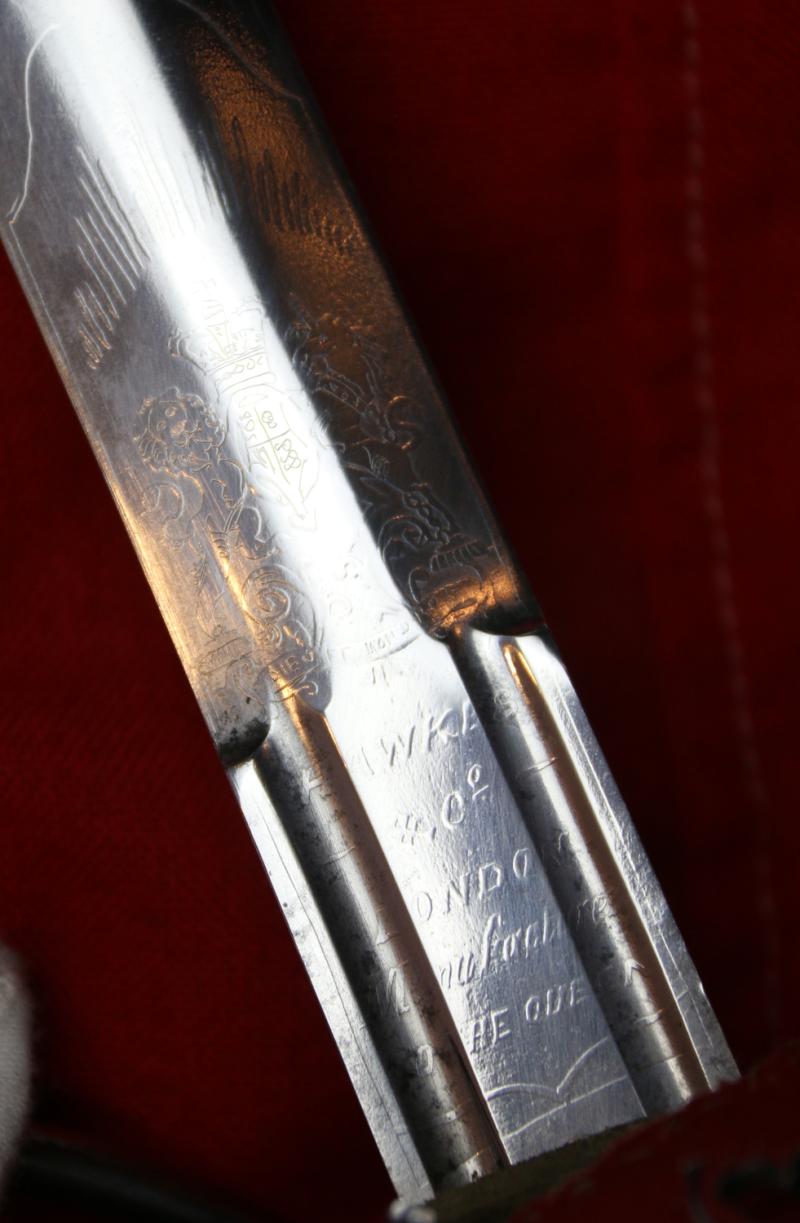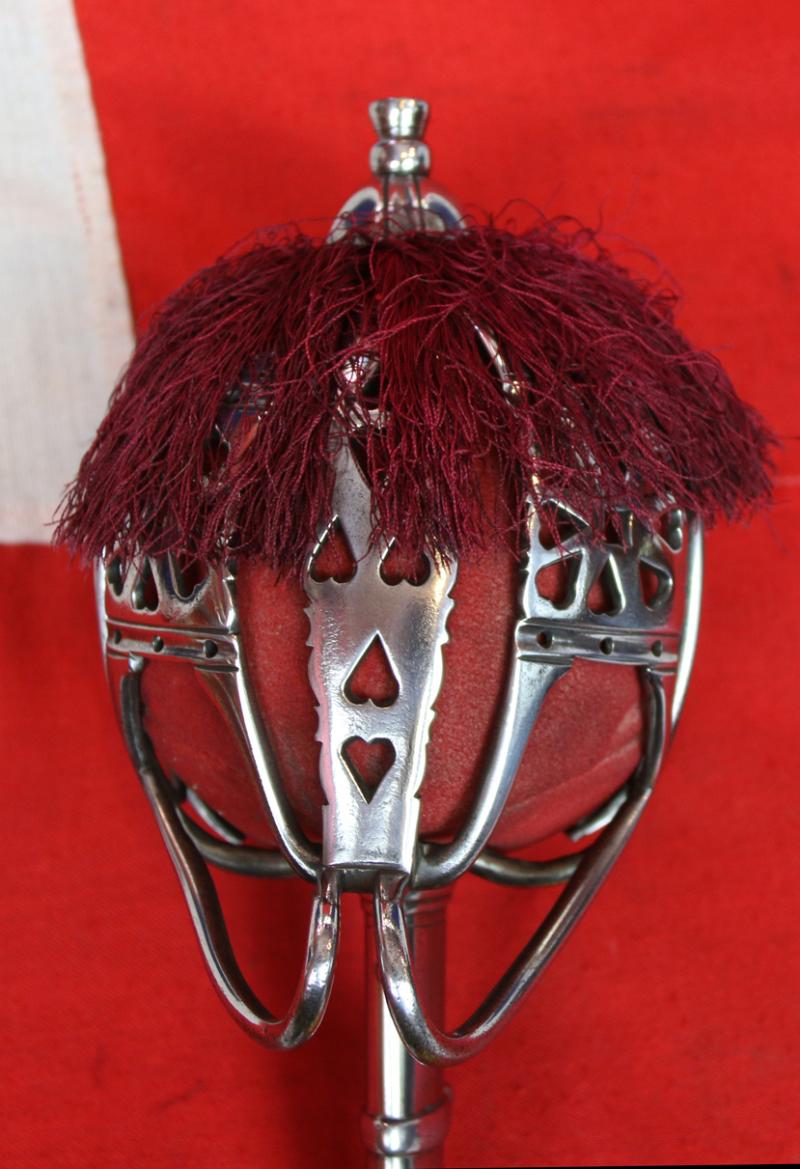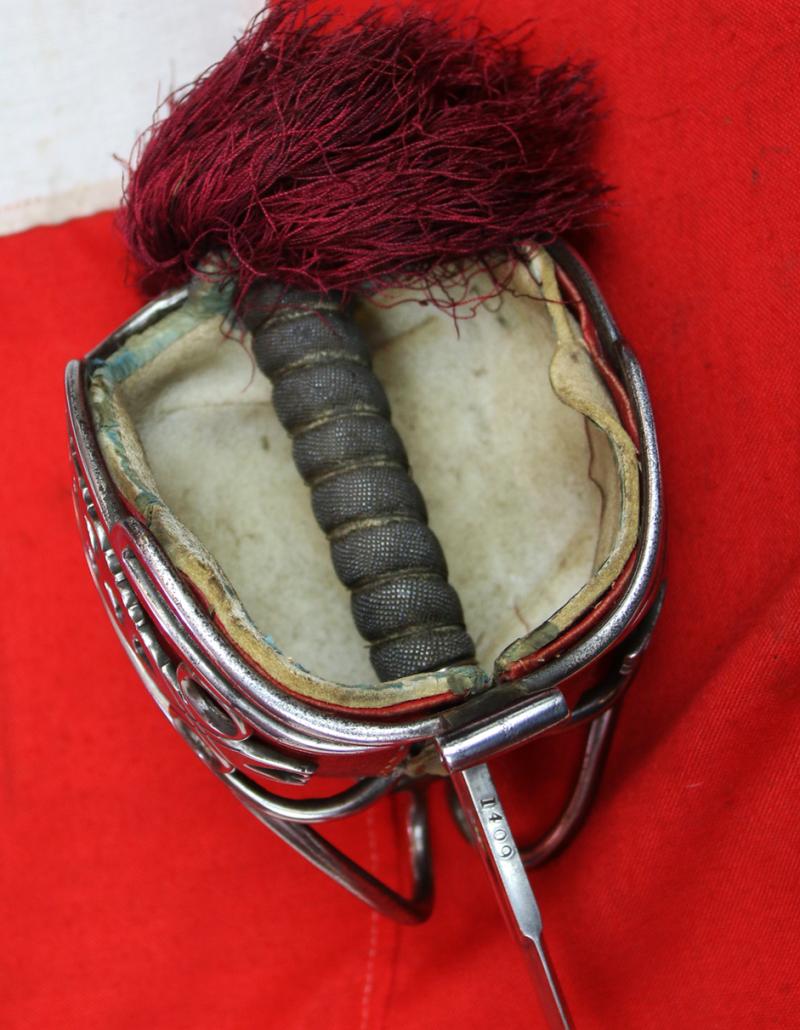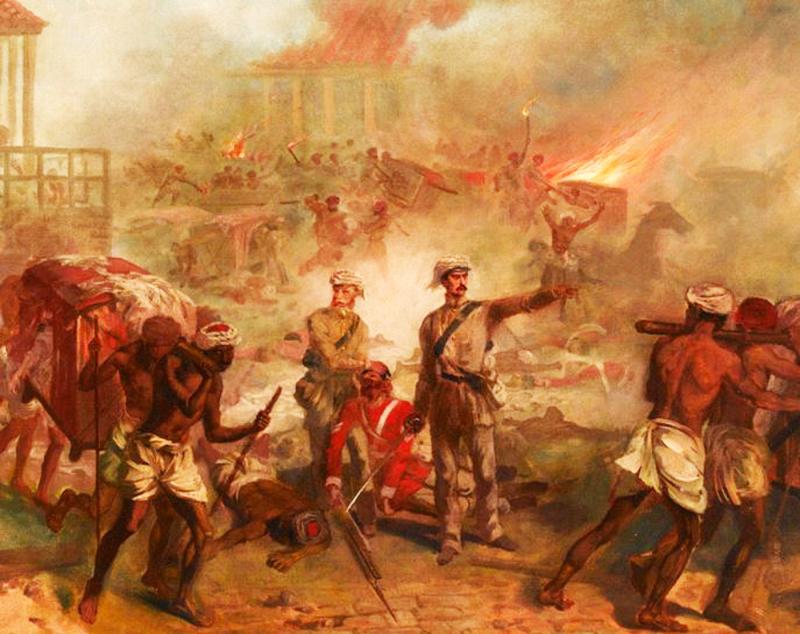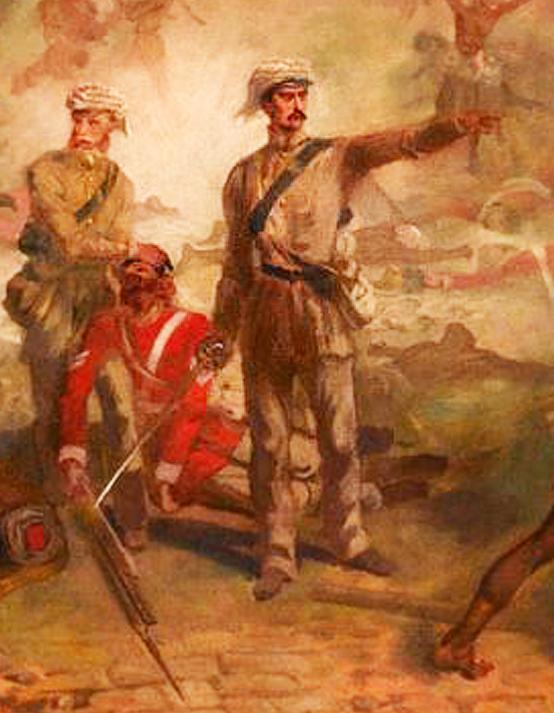Victorian, Princess Victoria's 89th Regiment of Foot Highlander Officer’s Scottish Basket Hilted Regimental Combat Broadsword. Of The Crimean War, & The Indian Mutiny Later to Become The Princess Victoria's Royal Irish Fusiliers Serving In The Boer War
This superb Scottish highlander officer's sword has spent 30 hours being hand polished in our workshop, in order to return it to just as it looked, when first used in service in 1853, made by Hawkes & Co.of London.
The 89th (Princess Victoria's) Regiment of Foot was a Highlanders regiment of the British Army, raised on 3 December 1793.
It sailed for Gibraltar in 1854 and then saw action at the Siege of Sevastopol in winter 1854 during the Crimean War. It transferred to the Cape Colony in 1855 to protect British interests there before embarking for India in 1857 to help suppress the Indian Rebellion. It returned home in August 1865 and became the 89th (The Princess Victoria's) Regiment of Foot in May 1866. It returned to India in 1870 and was deployed to Rangoon in Burma in 1876 before going back to India in 1880.
Under the Childers Reforms the regiment amalgamated with the 87th (Royal Irish Fusiliers) Regiment of Foot to form the Princess Victoria's (Royal Irish Fusiliers) in 1881. The regiment was formed in 1881 as part of the Childers Reforms by the amalgamation of the 87th (Prince of Wales's Irish) Regiment of Foot and the 89th (The Princess Victoria's) Regiment of Foot. The regiment got its nickname, the Faughs, from its Irish war cry "Faugh A Ballagh" (Fág a' Bealach, meaning Clear the Way) from the Napoleonic Wars.
The 1st Battalion saw action in the Anglo-Egyptian War in 1882.
Both battalions served in South Africa during the Second Boer War (1899–1902). The 1st battalion was present at the Battle of Talana Hill in October 1899 and the various engagements leading to the Relief of Ladysmith. Meanwhile, the 2nd Battalion saw action at the Battle of the Tugela Heights
Painting Oil on canvas, by Louis William Desanges, 1860 (c). of Surgeon Home V.C. with his Scottish basket hilted broadsword, defending a wounded corporal, at the Seige of Lucknow in the Indian Mutiny
The desperate action at the British Residency at Lucknow saw some of the bloodiest fighting of the Indian Mutiny (1857-1859). Under siege from July 1857, a relief force fought its way into the city in September 1857 but the siege could not be lifted until November.
Surgeon Home (1826-1914) and Assistant-Surgeon Bradshaw (1830-1861) were part of the relief force. For their bravery and good conduct they were both awarded the Victoria Cross. According to 'The London Gazette' of 18 June 1858:
'The dooly bearers had left the doolies (covered stretchers), but by great exertions, and notwithstanding the close proximity of the sepoys, Surgeon Home and Assistant-Surgeon Bradshaw, got some of the bearers together, and Assistant-Surgeon Bradshaw with about twenty doolies becoming separated from the rest of the party, succeeded in reaching the Residency in safety by the river bank.'
Code: 25834
Price
on
Request


